Mozambique's Manica province to suspend mining over river contamination
Petroleum and gas: Research samples stored in Zimpeto, Maputo
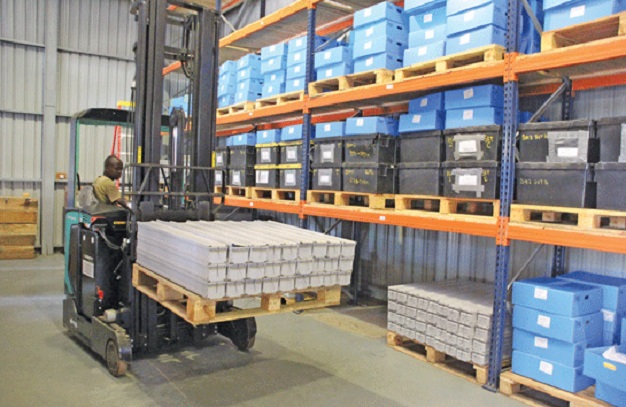
Domingo
The National Petroleum Institute (INP) stores onshore and offshore oil and gas research samples in a warehouse in Maputo’s Zimpeto neighbourhood prior to evaluation.
The samples were collected in Inhambane from the first test drills in Pande and Temane, and were initially kept in a purpose-built warehouse in the Vilankulo district headquarters in Inhambane.
Today, the first samples – from the 1960s – and the most recent ones from the Rovuma and Mozambique basins have been assembled and are being arranged according to age. For better identification, the hole number, name, year and depth are recorded on the packing.
The oil companies make a detailed report on the samples which they present to the INP, detailing the year, depth and lithology of the sample, and whether it contains sand or clay, and the analyses and results collected.
“Based on these samples we know that at a depth of, for example, 1,200 meters it is possible to find a gas or oil reservoir, so we collect and sample it to study the laboratory characteristics in detail,” director of the INP’s Data Center Calisto Nhatuguês says.
Domingo also learned that this data can be used for study purposes where necessary, and does not have an expiration date. “Samples can stay for years; we just need to install a cold system in the warehouse to avoid spoilage. The most recent are from the Rovuma Basin, where the first holes were opened in 2010 and these were collected by Anadarko and ENI,” said Calisto.
Mozambican legislation obliges companies to leave part of the samples in the country, the rest being used for analysis by they themselves. “We have to have a copy. For example, if a company can only take one sample, we split it in half so we can have a data collection that will enable us to do our own analysis.”

Calisto Nhatuguês stressed that although the warehouse is still in the process of being assembled, it is open to the public, though only after a formal request. Visitors so far are limited to the oil and gas industry “and the number is still small because the warehouse is not well known to universities, institutes and schools”.
Meanwhile, managers say that they are looking to invest in more equipment, with particular emphasis on a cooling system that will help keep samples longer, and setting tables for easier viewing of the samples.
The warehouse is the first built in the country by the National Petroleum Institute, which, as the regulatory entity, is responsible for the management of the samples and all the data resulting from oil and gas research activities.
Since the start of the oil and gas research in the 1960s, more research has been done in the Mozambican Basin, with 147 holes against 65 holes in the Rovuma Basin, where the search started in 2010. “We expect more drilling as a result of the fifth contest launched last year,” Nhatuguês says.
Research Laboratory
According to the Domingo report, all studies of the samples so far have been carried out outside Mozambique, because there is still no specialized laboratory for this purpose at the national level. This is why the National Institute of Petroleum is setting up a research laboratory at the same site.
There is already a machine to scan samples and take readings of the mineralogical composition “to determine whether there is oil and gas, after which chemical examination takes place”, Calisto explains
In addition to the scanner, a microscope has also been acquired for related readings. A machine to determine the total content of organic matter in the samples is to be acquired. The equipment is crucial because it is used to make the thin slides for examination under a microscope to see the type of minerals in the rock.
In order to acquire the existing equipment, INP has been working with the oil companies that sign contracts in the country. “When the laboratory is finished we hope to receive requests for tests from oil companies and students who are writing theses.”
Once the laboratory has been set up, personnel will be trained to provide quality services so that companies can rely on the results of analysis. “Theses studies can help to make the space profitable because, besides the INP using the facilities, we can sell some services to interested people and institutions. This will help us capitalize on our facilities,” Calisto concludes.
By Angelina Mahumane


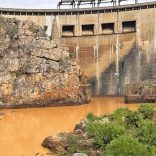

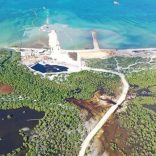
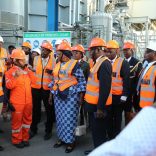
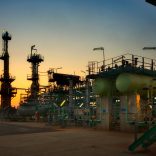
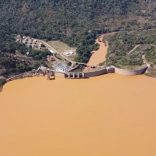

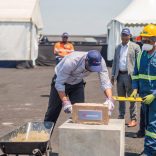

Leave a Reply
Be the First to Comment!
You must be logged in to post a comment.
You must be logged in to post a comment.